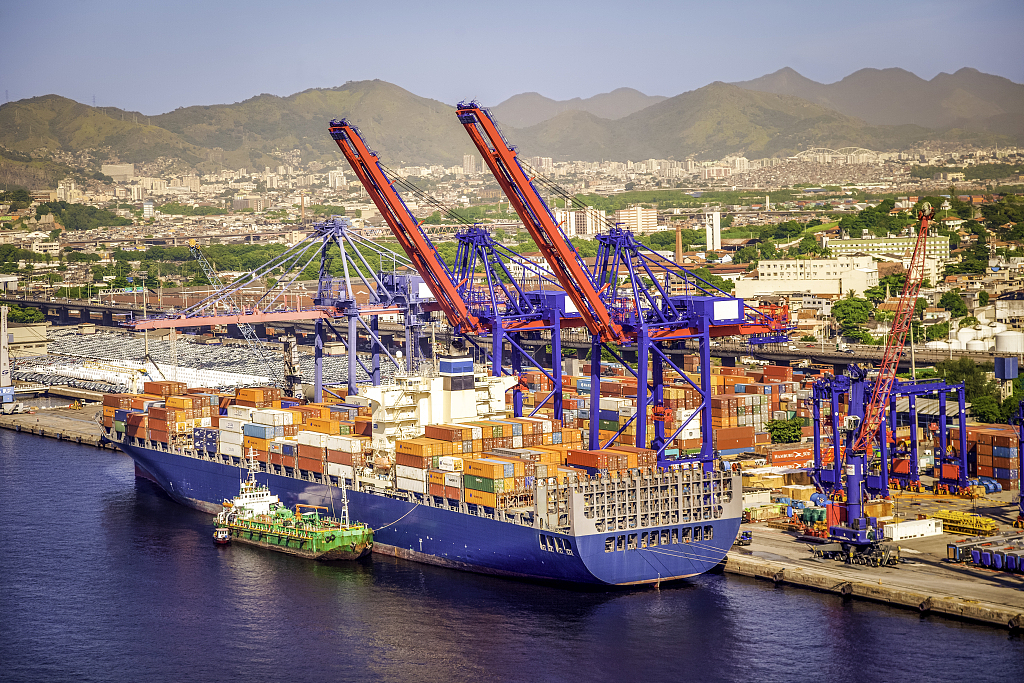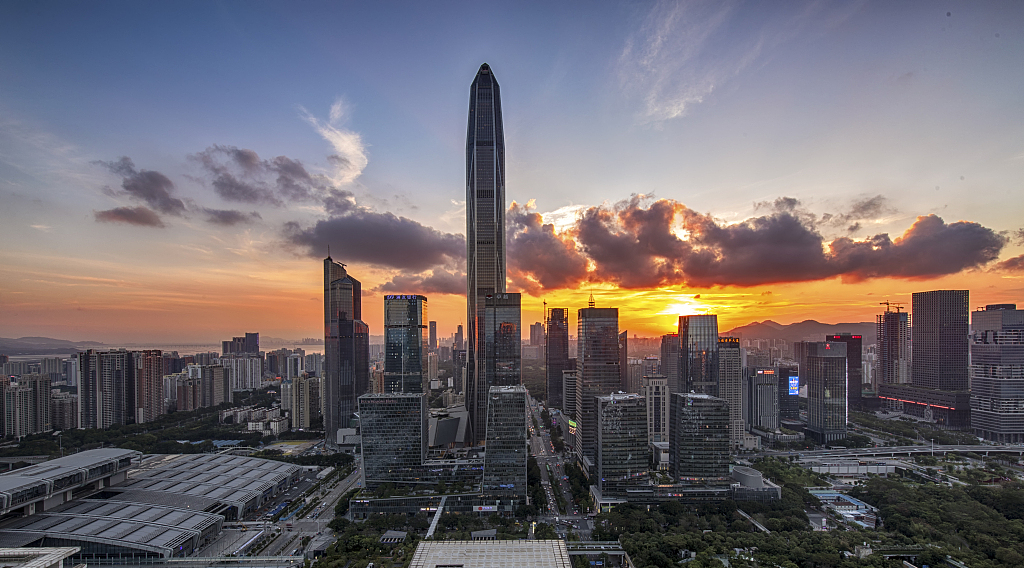"Standing at a new historical starting point, China will open its door only wider to the world."
- Xi Jinping
In 2018, at the first China International Import Expo, President Xi Jinping announced initiatives China planned to take in five areas to expand opening-up. One year on, these have been largely implemented and China continues to unveil measures aimed at breaking new ground in opening-up and delivering high-quality development.
According to a decision adopted at the fourth plenary session of the 19th Central Committee of the Communist Party of China in late October, the country will up the pace in improving the socialist market economy and the technological innovation mechanism so as to build a new economic system with a higher level of openness.

The Shanghai Pilot Free Trade Zone (FTZ) was extended with the inclusion of Lingang special area in 2019, and six new FTZs were set up in the provinces of Shandong, Jiangsu, Guangxi, Hebei, Yunnan and Heilongjiang, bringing the total number of China's pilot FTZs to 18.
The FTZs serve as pioneers of the country's reform and opening-up as they test new styles of foreign investment management, trade facilitation and transformation of government functions to better align the economy with international practices.
The Shanghai Stock Exchange launched a sci-tech innovation board (STAR market), with a registration system piloted for the listing of companies.
The Nasdaq-style board is designed to provide direct financing support for companies in the high-tech and strategic emerging sectors, such as new-generation information technology, advanced equipment, new materials, new energy, energy saving and environmental protection.
A Foreign Investment Law, approved in 2019, will enter force on January 1, 2020. The law is designed to give foreign businesses broader market access, protect their intellectual property, prohibit forced technology transfer, and guarantee equal treatment (a "level playing field") for foreign and domestic companies.
Years in the making, China's Foreign Investment Law exemplifies the government's commitment to facilitate foreign companies doing business in China and enhance the kinds of market competition that benefits Chinese consumers.

China released a revised negative list for foreign investment market access on November 22, cutting the number of sectors and businesses that are off-limits for foreign investors.
Twenty items – 13 percent of the total – have been cut from the list of industries and business sectors where foreign investment was either prohibited or restricted.
These are major steps in the development of a more stable and unified business environment for all market players, especially small and medium-sized enterprises.

Major progress is being made in increasing imports, reducing domestic taxes and in bringing down tariff levels.
In the past three quarters, individuals in the world's most populous country saved an average of 1,764 yuan, or 250 U.S. dollars, as a result of tax reductions and fee cuts. There were additional savings of 183 billion yuan for small and micro enterprises, and 1.7 trillion yuan in total tax cuts, according to the country's taxation authority.
Meanwhile, the World Bank in its latest report "Doing Business 2020" lifted China's taxation performance up nine rankings, after two consecutive annual climbs, citing the country's efforts in tax and fee reduction.
Optimizing business environment
China continues to improve its business environment.
On October 24, the World Bank's press release for the "Doing Business 2020" report opened with the sentence "China joined the ranks of the world's top 10 most improved economies for ease of doing business for the second year in a row." On the "Ease of Doing Business" ranking, China jumped 15 places from 46th to the 31st. And it ranks second in the number of reforms carried out by each country in the last year.

The Chinese government will expedite the formulation of regional development strategies, according to the annual Central Economic Work Conference for 2020, including those involving the Greater Bay Area (GBA).
The Hong Kong SAR, together with the Macao SAR, Guangzhou, and Zhuhai, are named as four core cities in the Outline Development Plan, facilitating the regional development of the GBA.
It aims to build a dynamic economic region of cluster cities that complement each other with their own comparative advantages. Infrastructure, including bridges, rail networks, airports and ports, is a cornerstone for the regional development of the GBA.
Deepening multilateral cooperation
In 2019, 15 countries involved in the Regional Comprehensive Economic Partnership (RCEP) concluded text-based negotiations.
China has long pushed to conclude the pact.
Tariffs on 65 percent of trade will immediately be dropped when the partnership takes effect. In the next phase, tariffs on another 20 percent of trade in goods will be eliminated within 10 years.
The remaining 15 percent will remain in place or be gradually reduced.